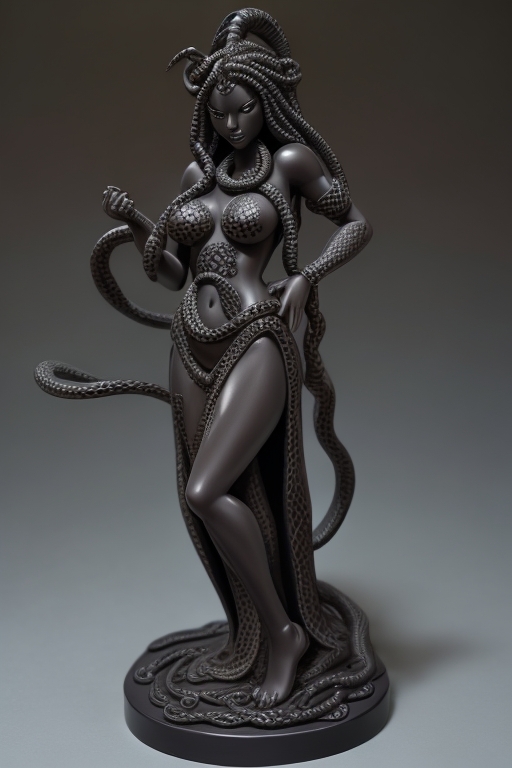Piececlopedia: Immobilizer
Historical notes
The immobilizer was invented by Robert Abbott for his game Ultima . The rules for Ultima were first published in 1962.
Movement
The immobilzer moves as a chess queen. At the end of its move, any enemy piece that is on a square adjacent to the immobilizer is frozen in place, and can not move away until the immobilizer moves away or is captured. The coordinator can never move to an occupied square, and can not capture pieces. A piece that is immobilized can, however, 'commit suicide,' which means it is removed from the board, at the cost of one turn. If two immobilizers move next to each other, they are both frozen until the end of the game or until one is captured.
Movement diagram
In the diagram below, the immobilizer (represented by the symbol for the rook upside-down, since the game Ultima uses an upside-down chess rook to represent the immobilzer) can move to any of the circles marked with a black circle. Note that in the current position, the black king and pawns are immobilized. White is currently in check, but he can eliminate it by moving his immobilizer to e5,f5,or g5, freezing the black rook.
![]()
![]()
![]()
![]()
![]()
![]()
![]()
![]()
![]()
![]()
![]()
![]()
![]()
![]()
![]()
![]()
![]()
![]()
![]()
![]()
![]()
![]()
![]()
![]()
![]()
![]()
![]()
![]()
![]()
![]()
![]()
![]()
![]()
![]()
![]()
![]()
![]()
![]()
![]()
![]()
![]()
![]()
![]()
![]()
![]()
![]()
![]()
![]()
![]()
![]()
![]()
![]()
![]()
![]()
![]()
![]()
![]()
![]()
![]()
![]()
![]()
![]()
![]()
![]()
Remarks
The immobilizer is very mobile, and therefore can easily make a lot of its opponent's pieces helpless and ready for capture. It can move adjacent to an enemy king without fear of capture from the king. Its biggest weakness of course, is that it can not do any capturing on its own.
AI Art


Since a gorgon, such as Medusa, is a mythical creature who can turn people to stone when they view her, it seemed fitting for a piece that can immobilize other pieces.
This is an item in the Piececlopedia: an overview of different (fairy) chess pieces.
Written by Benjamin C Good.
WWW page created: September 14, 1998.
